Self-Driving Cars a Reality by 2025 Says Major Parts Supplier Continental

Traffic, inclement weather and road construction add up to headaches and frustration for motorists. According to automotive supplier company Continental the typical driver spends an average 50 minutes per day commuting to work. Add it up and that’s roughly 300 hours per year that could be spent doing more productive things.
In an effort to lead the industry, Continental is investing heavily in this Star Wars-grade technology. In 2013 alone the German corporation is set to spend 100 million Euros (approximately $133 million) on research and development for advanced driver-assistance systems. Additionally, they already have about 1,300 specialists working on hardware and software to make it a reality.
The company already offers a comprehensive suite of technologies that reduce the burden of driving – things like adaptive cruise control, emergency brake assist and lane-departure warning, all stepping stones on the road to automatic driving.
SEE ALSO: Continental Receives Autonomous Vehicle Testing License in Nevada
According to Continental, the road to self-driving vehicles will come in three stages. The first is partially automatic driving. An example of this is a vehicle operating by itself at low speeds in stop-and-go traffic. Their system is expected to work up to 18 miles an hour and would be able to control a vehicle’s acceleration and braking, bringing it to a stop and starting it again as needed. The driver still has to steer, but pedal modulation is controlled by the system. Representatives say a version of this technology could reach the market as early as 2016.
This system builds on what’s already available today. Adaptive cruise-control generally works at high speeds though only a very few systems are capable of stopping a vehicle and restarting it again. These systems also only work for stops of less than three seconds, after which the driver must tap the gas pedal to re-engage the system. During the entire period, it’s still the driver’s responsibility to steer and accelerate from a stop, though.
The next step for Continental is highly automatic driving, which can handle greater speeds and more complex situations than partially automatic systems. Automated steering at both low and high speeds would be part of this system. It’s projected to hit the market around 2020.
Finally, fully automated driving is expected to arrive about five years after that. This technology could control a vehicle on a long road trip for instance, freeing the driver to do other things like reading the newspaper or checking e-mail.
Honda recently debuted its own autonomous driving systems with the goal of zero collisions, though the Japanese automaker’s plan includes both car-to-car and car-to-infrastructure communications.
There’s no question, automation can help save lives, but it has to be implemented properly. “Guaranteed road safety at the highest level is the indispensable basis on which automated driving must be built,” said Dr. Elmar Dagenham, Chairman of the Executive board of Continental. He also said “that means the architecture must be failsafe so that, in case of a malfunction, the vehicle will remain safe to drive.”
SEE MORE: Honda Showcases Autonomous Driving
Despite the industry-wide push for automation, the leaders at Continental believe drivers still play a crucial role in operating vehicles because certain situations demand intervention. Captain “Sully” Sullenberger’s dramatic landing of a US Airways jet in the Hudson River back in 2009 is still a fresh memory, and a strong endorsement of human control.
Of course to enable automatic driving vehicles will have to be equipped with a battery of sensors and microchips, but there are other technologies in development as well. According to Continental, vehicle-to-vehicle and vehicle-to-infrastructure communication will play a crucial role in the future of self-driving cars.
Continental has already estimated when various automatic driving technologies will reach the market but what about the cost? The estimated price tag for one of these systems is between $2,500 and $3,000, but there are so many variables it’s virtually impossible to name a figure at this time. But one thing’s for certain, automated driving systems are coming, and a lot sooner than some people realize.
GALLERY: Continental Automated Driving

Born and raised in metro Detroit, Craig was steeped in mechanics from childhood. He feels as much at home with a wrench or welding gun in his hand as he does behind the wheel or in front of a camera. Putting his Bachelor's Degree in Journalism to good use, he's always pumping out videos, reviews, and features for AutoGuide.com. When the workday is over, he can be found out driving his fully restored 1936 Ford V8 sedan. Craig has covered the automotive industry full time for more than 10 years and is a member of the Automotive Press Association (APA) and Midwest Automotive Media Association (MAMA).
More by Craig Cole





















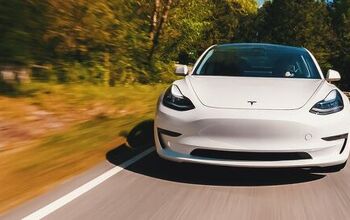

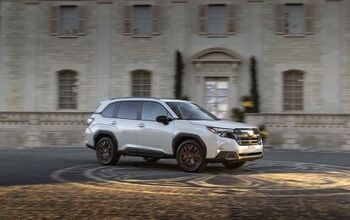

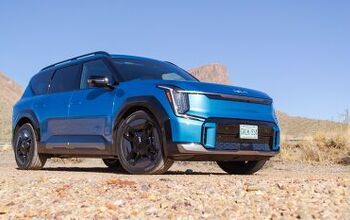

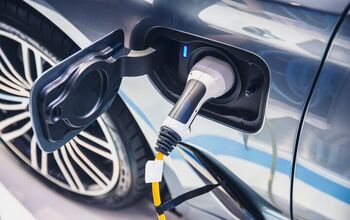


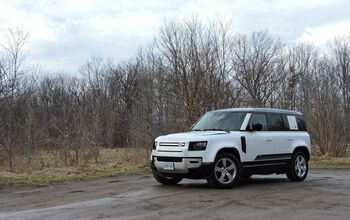

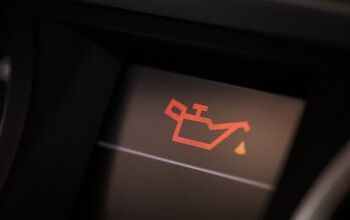

Comments
Join the conversation
Good, lets build plenty of those beige boxes on wheels for people who consider a car as a device to get from point A to point B, and leave traditional cars (with proper manual transmissions) for the rest of us.